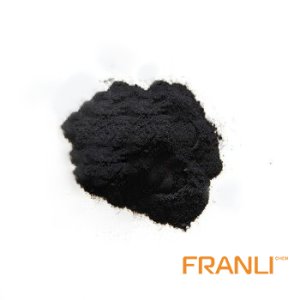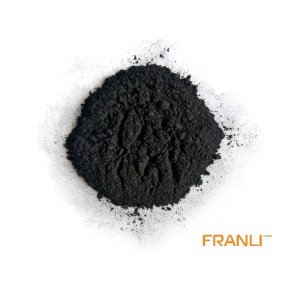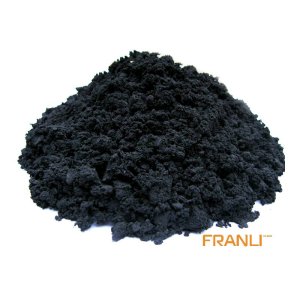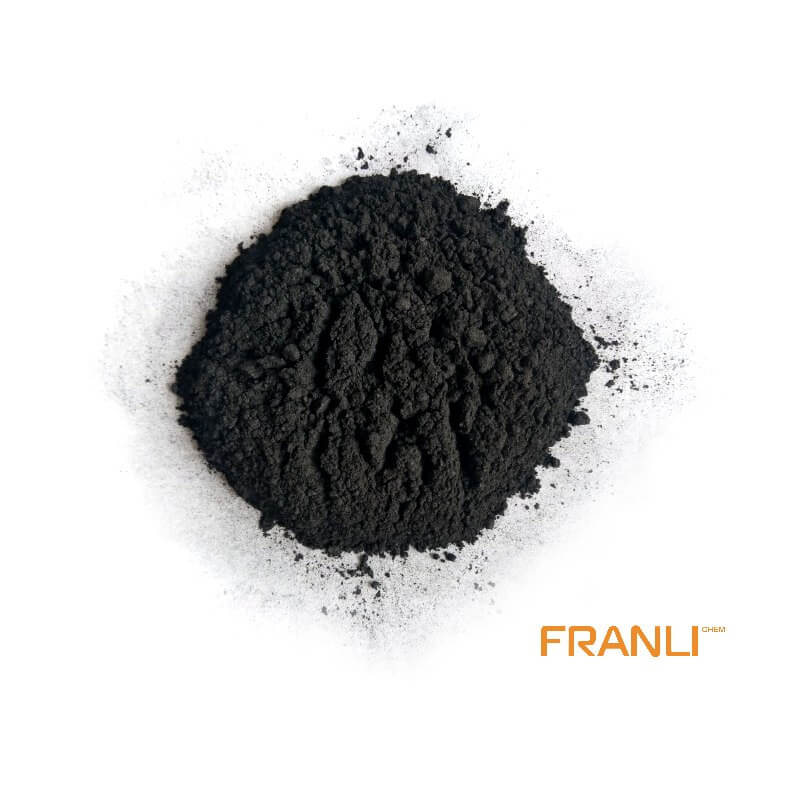
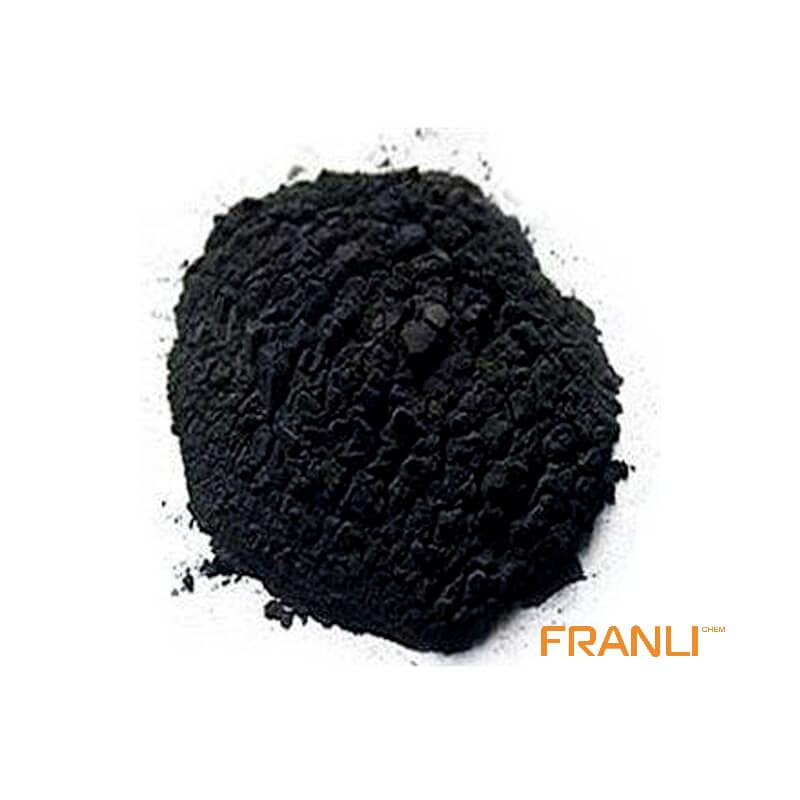
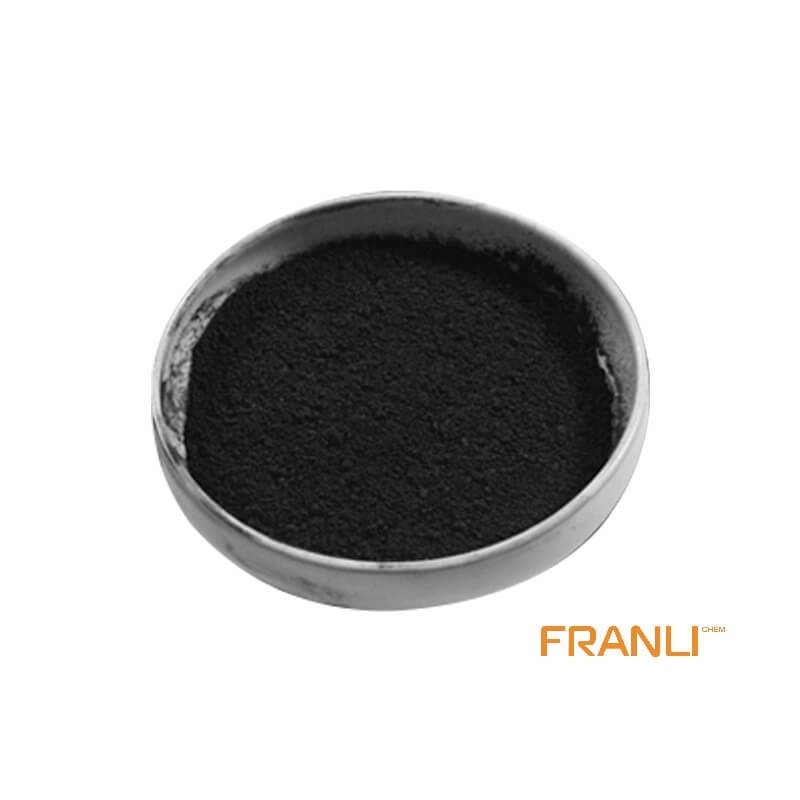
Purity Graphite
Size
According to your requirements
Package
25 kg small bags into ton bags or ton bags
Features
good temperature resistance, self lubrication, conductivity, etc.
Application
Can be used in machinery, metallurgy, chemical industry, military industry, etc.
High purity graphite is also called molded graphite, which means that the carbon content of graphite is more than 99.99%, which has good electrical conductivity, high temperature resistance, oxidation resistance, low resistance coefficient, corrosion resistance, high purity, self lubrication, thermal shock resistance, isotropy, easy to be machined and so on.
Request a quote
There are many ways to purify pure graphite, each of which has its advantages and disadvantages. Now let’s talk about it with the manager!
The flotation method is one of the conventional purification methods with the least energy and reagent consumption and the lowest cost, which is the biggest advantage of graphite purification by the flotation method. For flake graphite, multi-stage grinding is not only unable to completely dissociate the monomer, but also not conducive to the protection of large flake graphite. Therefore, it is neither economical nor scientific to further improve graphite grade by flotation. To obtain high carbon graphite with more than 99% carbon content, it is necessary to purify graphite by chemical method.

1. Alkali acid purification method. The carbon content of graphite purified by the alkali acid method can reach more than 99%, which has the characteristics of less one-time investment, higher product grade, and strong process adaptability. Besides, it also has the advantages of conventionality and versatility
Alkali acid method is the most widely used method in China; Its disadvantages are large energy consumption, long reaction time, a large amount of graphite loss, and serious wastewater pollution.
2. Hydrofluoric acid method. The main advantages of the hydrofluoric acid method are high impurity removal efficiency, high grade of products, small impact on graphite products performance, and low energy consumption. environment protection
3. Chlorination roasting method. The low calcination temperature and the low consumption of chlorine gas make the production cost of graphite greatly reduced. At the same time, the carbon content of graphite products is equivalent to that of hydrofluoric acid treatment, and the recovery rate of the chlorination roasting method is higher than that of chlorination roasting. However, chlorine gas is toxic, corrosive, and requires high requirements for equipment operation, so it needs to be sealed strictly. Therefore, it must be properly treated for exhaust gas, so it is limited to some extent.

4. High-temperature method. The biggest advantage of the high-temperature method is that the carbon content of the product is very high, which can reach more than 99.995%. The disadvantage is that the high-temperature furnace must be specially designed and built, the equipment is expensive, the one-time investment is large, in addition, the energy consumption is large, and the high electricity cost increases the production cost. Moreover, the application scope of this method is extremely limited due to the harsh production conditions. Only when there are special requirements for the purity of graphite products, such as national defense and aerospace, can we consider using this method for small batch production of graphite, and it can not be popularized in industry.
Comparative analysis shows that several methods of graphite purification have their own advantages and disadvantages. Alkali acid process is easy to operate, has low production cost, and has low requirements for production conditions, but the fixed carbon content of graphite is low, which can not reach 99.9% at present. The hydrofluoric acid method has a good impurity removal effect and high fixed carbon content, but hydrofluoric acid is highly toxic and corrosive, which requires strict safety protection measures and production conditions, and the wastewater is not easy to treat. Because chlorine gas is poisonous and corrosive, the chlorination roasting method also needs to be strictly sealed. The high-temperature method can produce very high-grade high-purity graphite, but because of its own limitations, it can not be popularized at present and is only applied in a small range.

